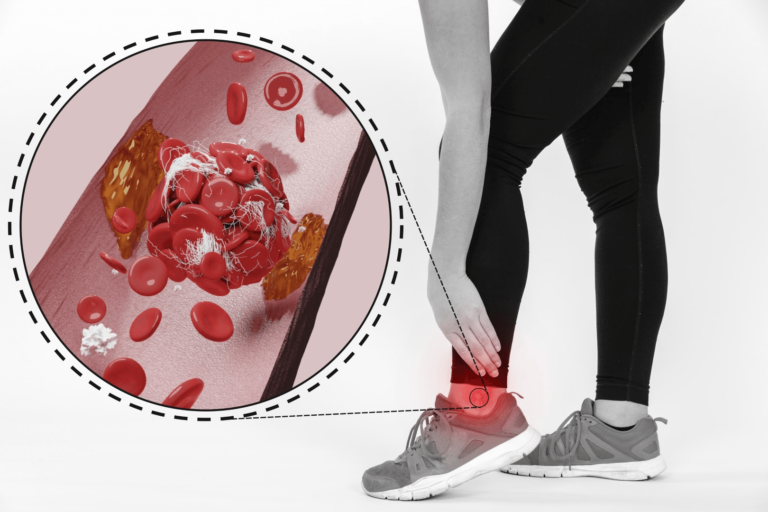Varicose veins are enlarged and twisted veins that develop when blood flow becomes impaired. Often appearing on the legs, these veins are more than a cosmetic concern and may indicate circulatory issues. Genetics, age, and lifestyle factors are typically mentioned as contributors. Recently, attention has turned to how external elements, such as climate and geography, may influence the progression and severity of this condition.
Contents
The Impact of Warmer Climates
Warmer climates may introduce challenges for those managing varicose veins. Heat can promote vein dilation, which might result in an increase in blood pooling. This can intensify symptoms such as swelling, heaviness, and discomfort in the legs. Regions with consistently high temperatures often require individuals to take additional measures to maintain circulation, such as elevating the legs, staying hydrated, or using compressive aids. Outdoor activities in the heat without breaks or proper circulation support can worsen symptoms. It’s beneficial to balance regular activity with rest periods. This is especially helpful for those prone to vein issues, particularly in hot climates.
The Impact of Altitude
Geographical areas with higher altitudes might also influence vein health due to reduced air pressure. Changes in atmospheric pressure could affect circulation, which potentially impacts individuals with varicose veins. Prolonged standing or sitting while traveling to or within mountainous regions could exacerbate discomfort associated with the condition. Incorporating movement during these periods can help.
Cooler climates, often found in higher altitudes, might help reduce discomfort caused by swelling. These cooler temperatures are less likely to impact vein dilation. As a result, such regions may be more manageable for individuals with vein concerns.
The Influence of Urban and Rural Lifestyles
The geographical distinction between urban and rural living also play a significant role in overall health and activity levels. Urban areas often encourage less movement due to sedentary lifestyles, long commutes, or desk-based work settings. In cities, people may spend hours sitting in traffic or working at computers, leaving little time for physical activity. This lack of movement is often linked to slower circulation, which can contribute to poor vein health and related issues such as varicose veins or blood clots.
Rural living naturally involve more physical activity, such as walking longer distances, engaging in outdoor chores, or participating in more active daily routines. While physical movement supports vein health, any occupations or activities involving strenuous lifting or prolonged standing could increase pressure on veins. Being mindful of workloads and taking periods of rest can help create balance. Understanding these differences can help explain why urban populations may face a higher risk of vein health problems compared to their rural counterparts.
Practical Steps to Help Manage Varicose Veins
Climate and geography are factors worth acknowledging when addressing vein health. Adapting daily routines to match environmental conditions and remaining active within different settings may alleviate discomfort and challenges. For personalized advice, seeking guidance from a healthcare provider or vein specialist is recommended. By understanding the unique ways that external factors influence the body, individuals managing varicose veins can make choices to better align with their environments.
